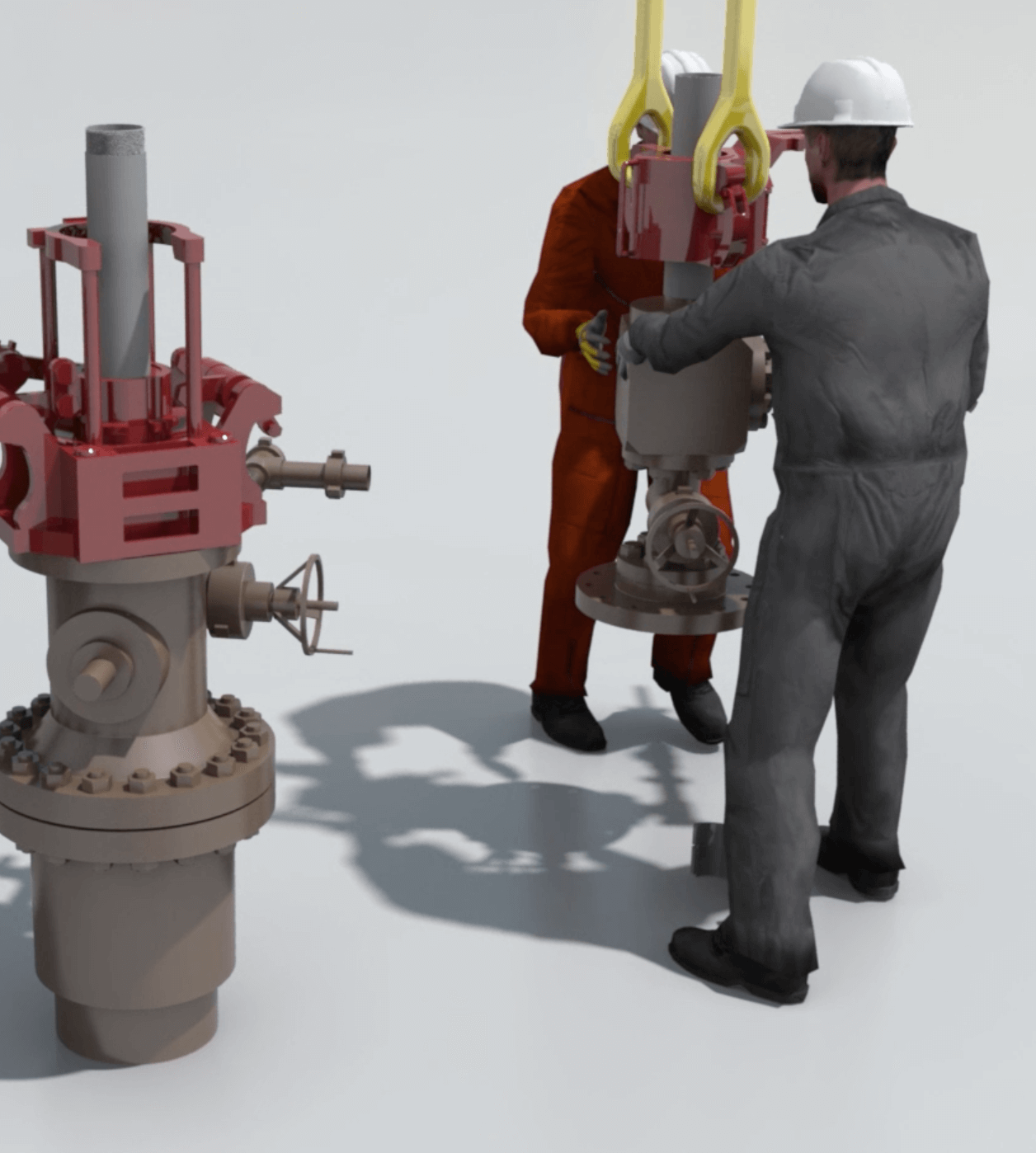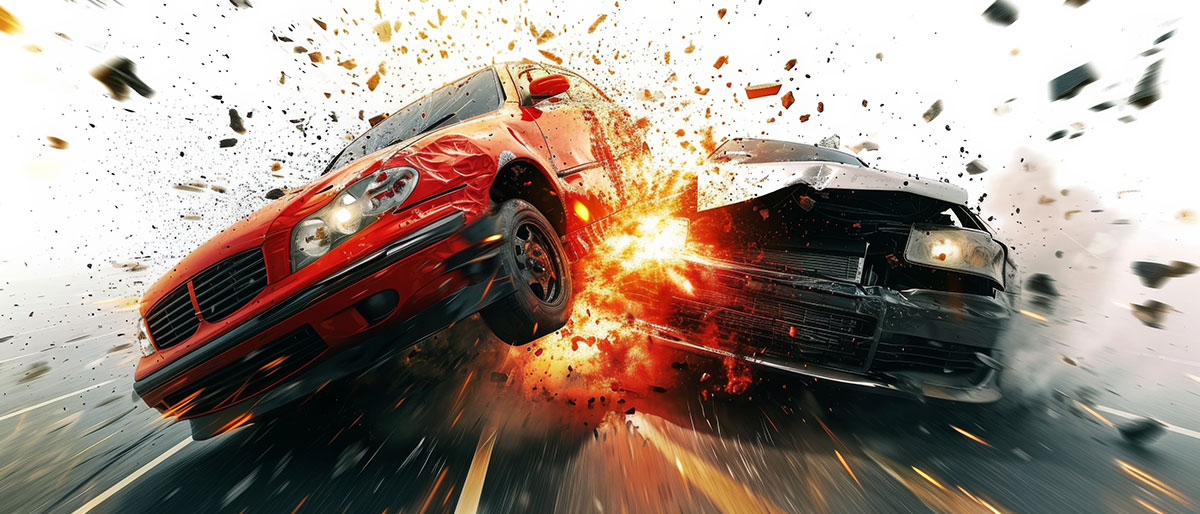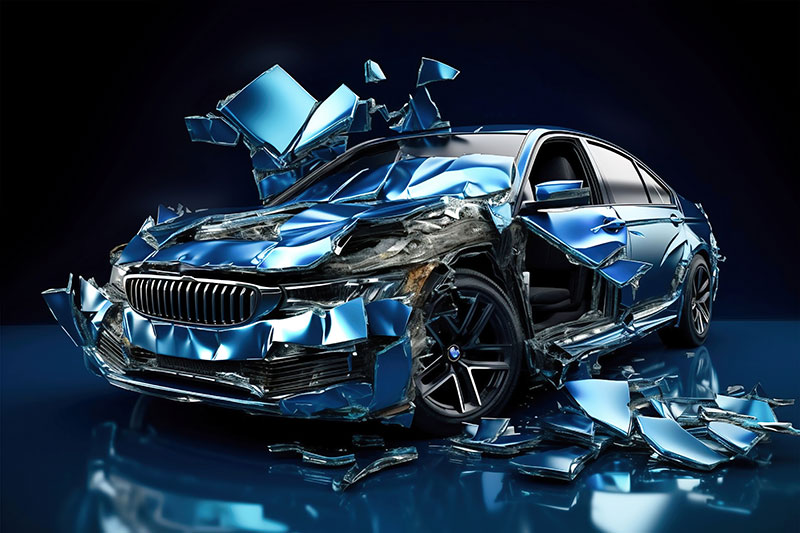3D accident reconstructions
Animation can also encompass the motion of image components through basic machinery, such as the shifting of images in magic lantern presentations. The historical practice of manipulating three-dimensional puppets and objects to imitate living entities through mechanical means is closely tied to animation as well. Disney popularized the concept of electronic automata by introducing animatronics.
Various traditional animation mediums that depend on the swift presentation of consecutive visuals include the phénakisticope, zoetrope, flip book, praxinoscope, and film. Electronic animation media such as television and video, which were initially analog but have now transitioned into digital operation, are also widely favored. In order to be showcased on computers, various forms of technology were created, such as animated GIFs and Flash animation.
To achieve the illusion of seamless movement in these rendered, painted, or digitally-created visuals, careful consideration is given to the frame rate - that is, the frequency at which consecutive images are displayed per second. Typically, animated characters are captured at a "two-frame" rate, wherein a single image is exhibited for two frames, resulting in a total of 12 illustrations per second. A frame rate of 12 frames per second permits the presence of movement, although it might appear fragmented. In cinematography, a frame rate of 24 frames per second is frequently employed to achieve seamless motion.



